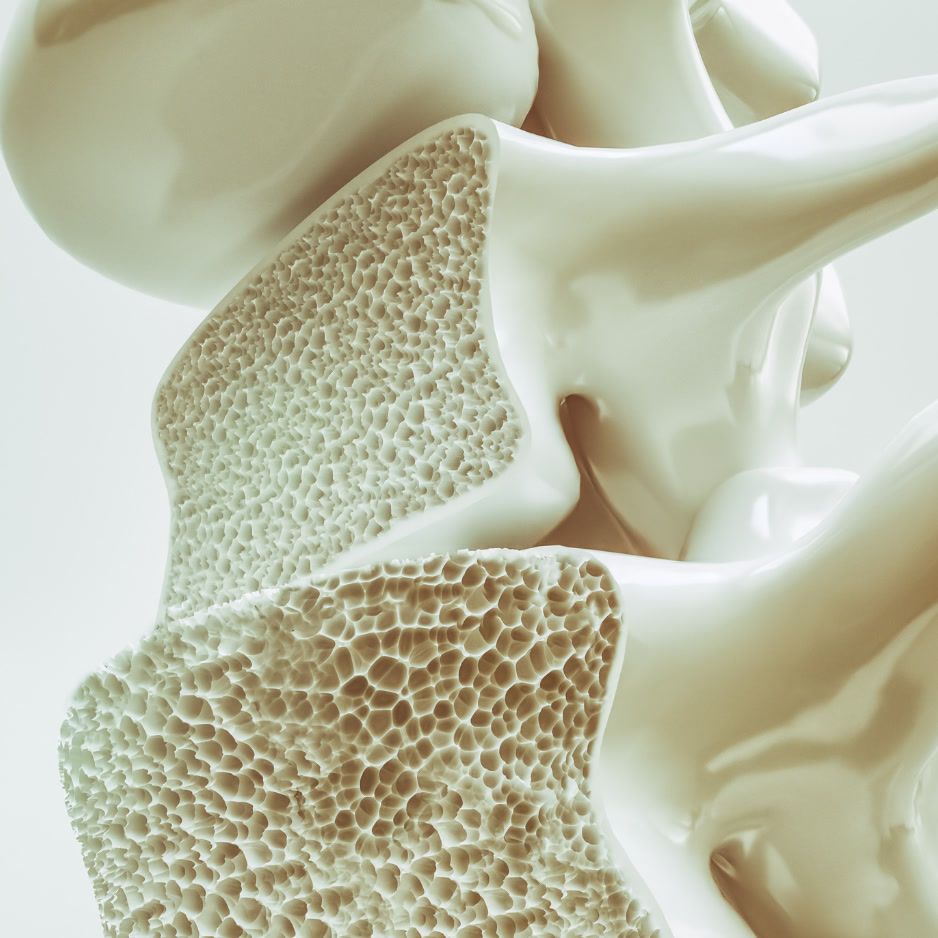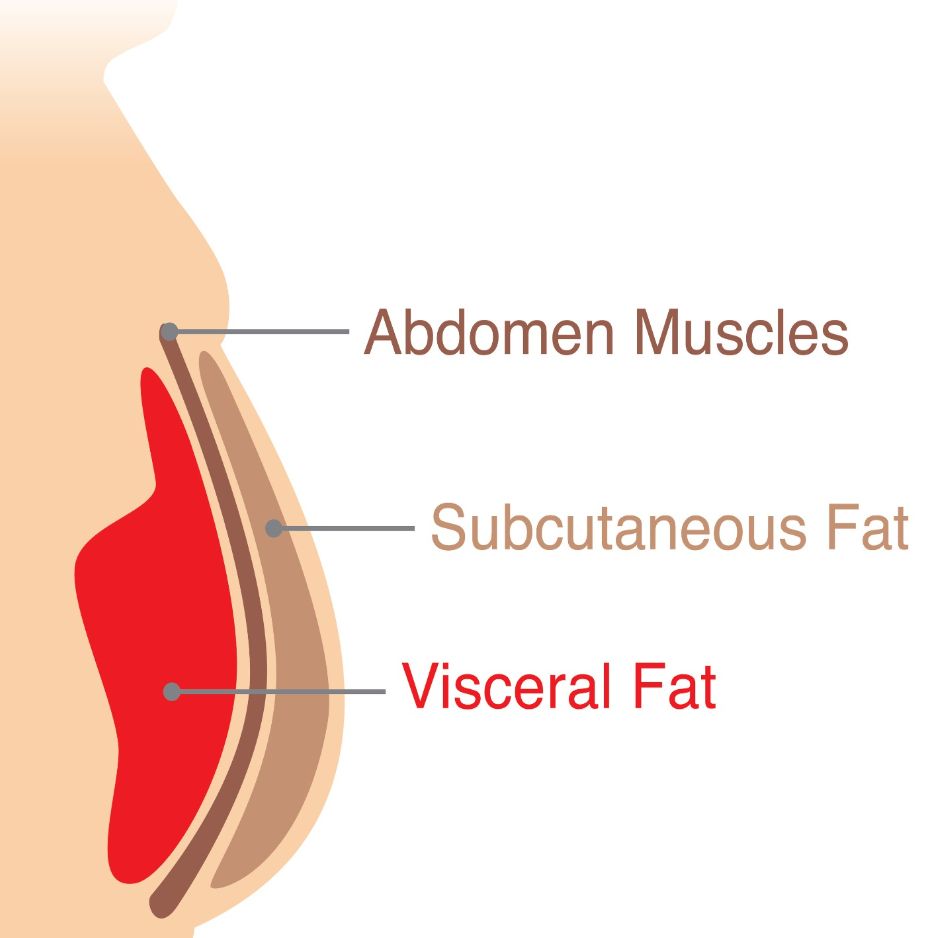Epsom Salt Uses for Health, Beauty, Garden & Home
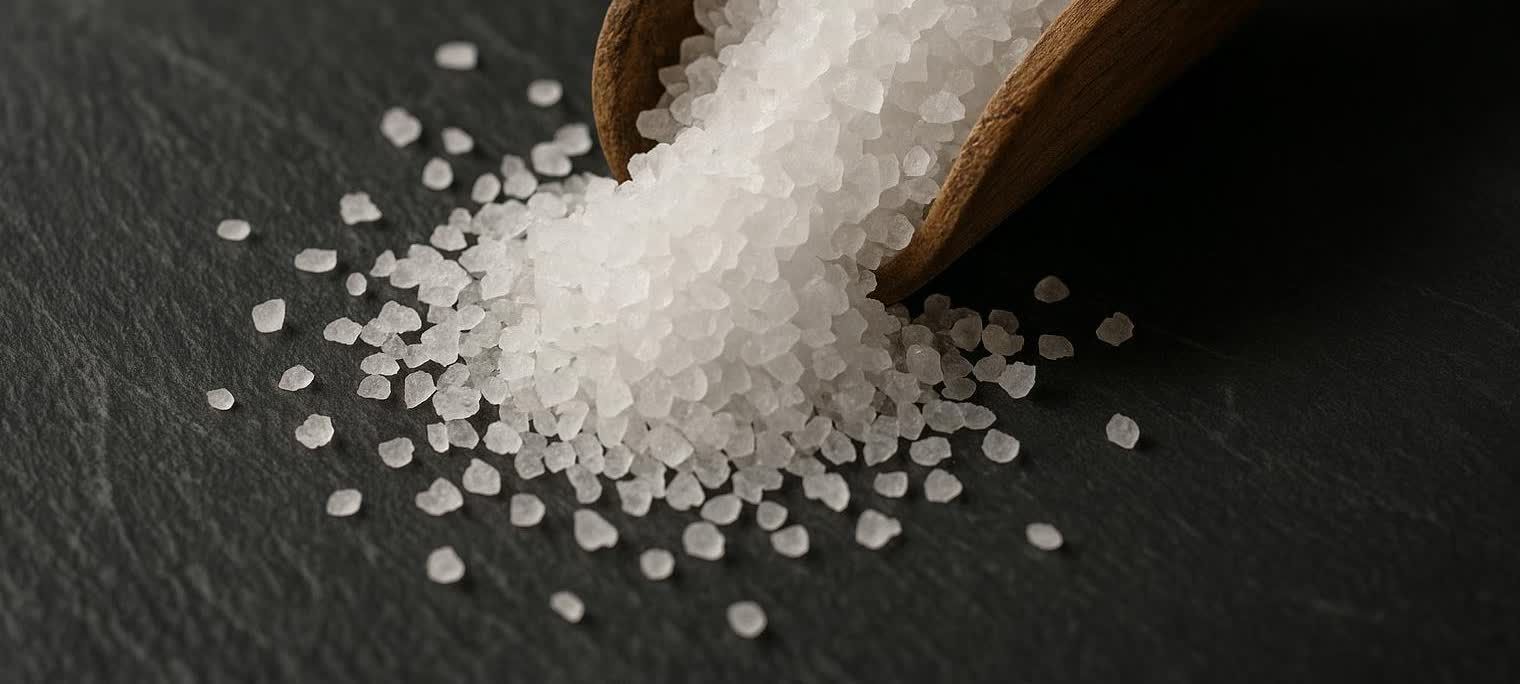
Epsom Salt Uses for Health, Beauty, Garden & Home
Looking for practical, safe ways to use Epsom salt? This guide separates proven benefits from popular myths so you can get the most out of magnesium sulfate—without the guesswork.
We’ll focus on the health uses people actually search for: relaxing baths, foot soaks, and occasional constipation relief. This guide also covers uses in beauty, gardening, and home cleaning, along with important safety information.
Quick Answer: What is Epsom salt best for?
- Takeaway: It’s great for relaxing baths and occasional constipation relief (when used exactly as directed). Evidence for soaking to raise magnesium levels is weak; oral magnesium works better for that.
- Fast recipe: Add 1–2 cups of plain Epsom salt to a warm bath and soak for about 15 minutes. For a foot soak, use ~1/2 cup in a basin for 15–20 minutes.
Quick Summary
- Epsom salt is simply magnesium sulfate. When dissolved, it separates into magnesium and sulfate ions. As explained in Healthline’s overview of Epsom salt benefits and uses, it looks like table salt and is often used in baths, but it’s chemically different.
- The best‑supported uses are comfort soaks and occasional laxative use. Warm baths can help you relax, and magnesium sulfate is available as an FDA‑approved over‑the‑counter osmotic laxative when used exactly as directed on the label, per WebMD’s Epsom salt bath guide.
- Skin absorption is debated. A peer‑reviewed narrative review (NIH/PMC) concludes there’s no strong evidence that magnesium from an Epsom bath meaningfully crosses intact skin; oral magnesium remains the proven way to raise magnesium levels.
- In the garden, Epsom salt may help only when soil tests show magnesium or sulfur deficiency. University extensions—including a Washington State University Extension fact sheet, North Dakota State University’s “Epsom salt myth” article, and University of Minnesota Extension guidance—caution against using it as a pesticide or for blossom‑end rot in tomatoes.
- Safety: Bath soaks are generally safe for healthy skin. Don’t use on severe skin infections, open wounds, or burns. Ingesting Epsom salt can cause diarrhea and may be risky for some people—check with your clinician, especially during pregnancy or with kidney disease, as summarized in WebMD’s bath overview and a Forbes Health explainer.
Jump to a section
- Health & Recovery Soaks
- Foot Soaks
- Occasional Constipation Relief (Oral)
- Beauty & DIY Recipes
- Gardening
- Cleaning Recipes for Home
- Dosage & Use-at-a-Glance
- Safety, Side Effects, and Who Should Avoid It
- FAQs
Health & Recovery Soaks
A warm bath can take the edge off sore muscles, calm your nervous system, and help you unwind. Epsom salt is a popular add‑in—but the warm water itself likely does most of the heavy lifting for soreness and stress relief, according to WebMD’s bath guide.
- Suggested bath protocol: Dissolve 1–2 cups of plain, unscented Epsom salt in a warm bath and soak for ~15 minutes—guidance echoed by WebMD’s Epsom salt bath article and Healthline’s benefits and uses guide.
- What to expect: Temporary relaxation and perceived muscle relief. High‑quality trials on reducing post‑workout soreness are limited; the NIH/PMC review on transdermal magnesium notes oral magnesium has stronger data for raising magnesium levels.
- Minor wounds and ingrowns: Brief soaks may be soothing for superficial, non‑infected issues (e.g., an ingrown toenail), but avoid deep, open, or infected wounds and burns, as outlined in the Forbes Health overview.
Related reading:
- Science‑backed guide to muscle recovery
- Best magnesium forms
- 10‑minute foam‑rolling routine
- Magnesium for Sleep
- How to ease muscle soreness
Foot Soaks
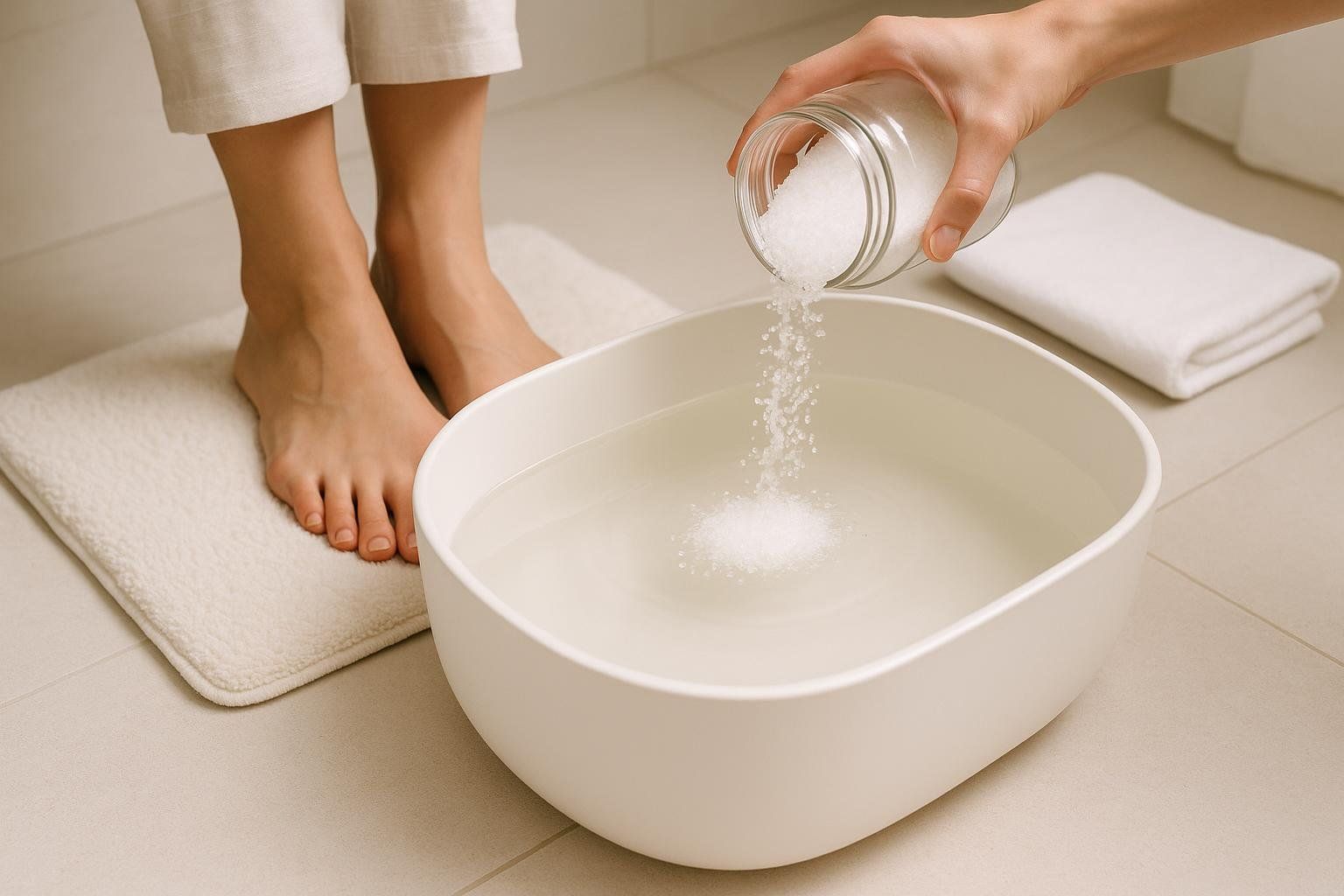
A simple foot bath can ease end‑of‑day fatigue and soften rough skin.
- Protocol: Fill a basin with warm water and add ~1/2 cup Epsom salt. Soak 15–20 minutes; moisturize after to prevent dryness (a tip also noted in Healthline’s foot soak guide).
- Who benefits: Anyone with sore, tired feet or looking for a low‑effort wind‑down. For persistent swelling, pain, or wounds, check with your clinician.
Occasional Constipation Relief (Oral)
Magnesium sulfate draws water into the intestines and can relieve occasional constipation. It’s sold over the counter as an osmotic laxative—use exactly as directed, as noted in Healthline’s benefits and uses review.
- Important: Only ingest products labeled USP/food/medicinal grade—and follow the exact package directions. Do not ingest scented or cosmetic‑grade salts. Some clinicians and consumer health sources advise avoiding ingestion outside specific laxative products due to hypermagnesemia risk—ask your clinician if this is right for you, advises the Forbes Health explainer.
- Common side effects: Bloating, cramping, diarrhea. Overuse can lead to dangerous electrolyte disturbances (hypermagnesemia), especially in kidney disease or with certain medications—confirm with your clinician first, per WebMD’s bath and safety overview.
Beauty & DIY Recipes
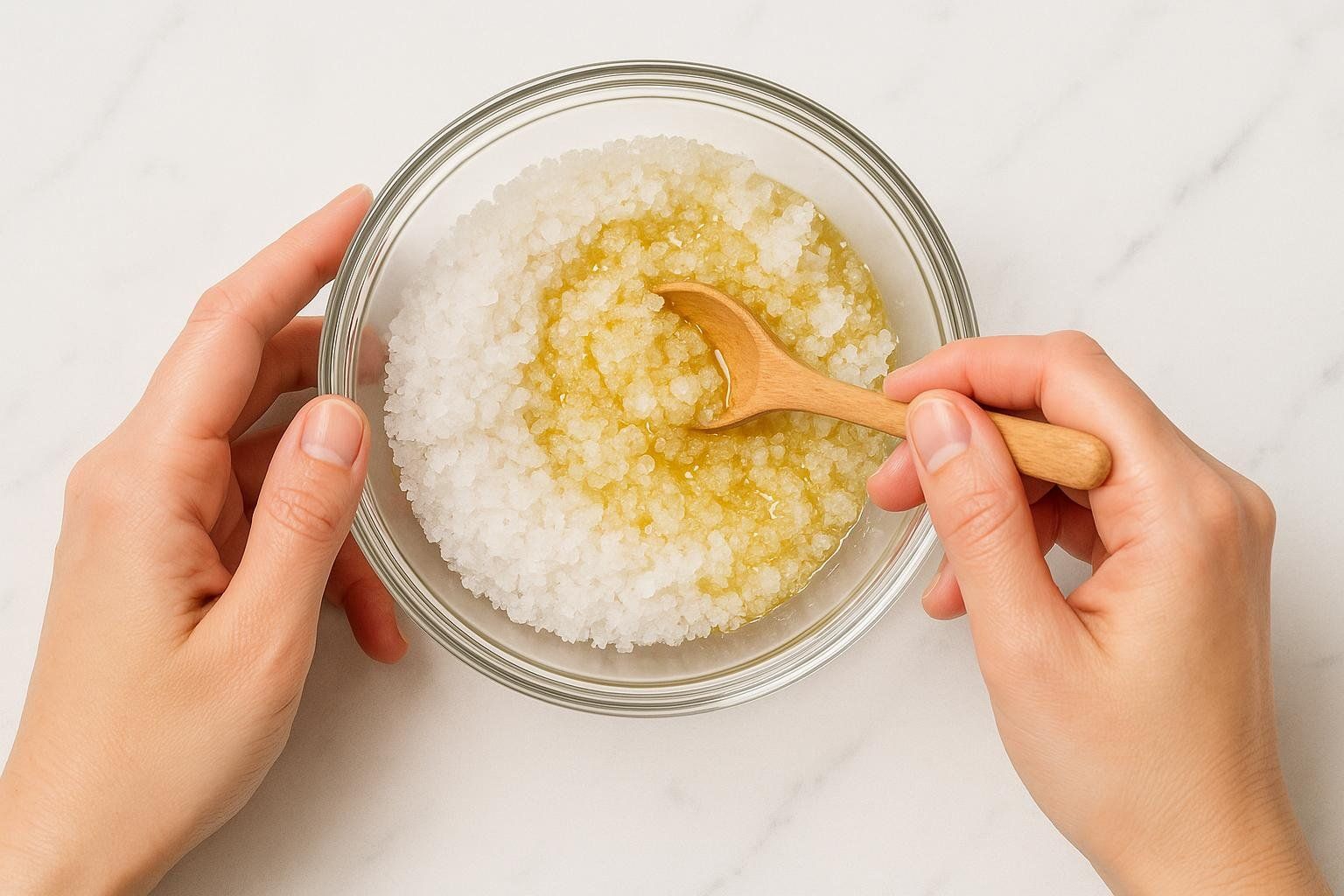
Evidence for skin‑specific benefits is mostly anecdotal, but Epsom salt can add gentle grit to DIY scrubs.
- Hand/Body scrub: Mix 1/2 cup Epsom salt with 1/2 cup carrier oil (e.g., fractionated coconut oil) and a few drops of essential oil if desired. Patch test first; avoid broken skin. Use for feel and exfoliation rather than medical benefits, as discussed in WebMD’s bath guide.
- Scalp scrub: Combine 1–2 tablespoons Epsom salt with conditioner; massage gently and rinse. Avoid if you have scalp irritation.
If you have eczema/psoriasis, consult your clinician first—lukewarm baths (with or without salts) can sometimes help scale removal, but fragrance‑free, gentle routines are key, according to WebMD’s overview.
Gardening
Epsom salt provides magnesium and sulfur—secondary nutrients. But benefits are context‑dependent, and misuse can harm plants or water quality. Bottom line: only consider it if a soil or tissue test confirms magnesium/sulfur deficiency; it’s not a pesticide and won’t fix blossom‑end rot.
If a magnesium deficiency is confirmed, a conservative, extension‑aligned approach is to try a small soil drench on a test area first: dissolve about 1 tablespoon per gallon of water and apply to the root zone, then re‑test soil before repeating. Some gardeners also trial a light foliar spray (about 1 tablespoon per gallon, applied at cool times of day) to a small section to check for leaf scorch. For broader guidance, see WSU Extension, NDSU’s myth article, and UMN Extension.
Cleaning Recipes for Home
Research is limited, but Epsom salt’s granular texture makes it a gentle abrasive in DIY cleaners. Always test on an inconspicuous area first.
- Tile/grout and soap‑scum scrub: A popular DIY approach mixes equal parts Epsom salt and liquid dish soap to create a thick paste. Apply to tile, grout, or soap scum, let sit for 5–10 minutes, scrub, and rinse.
Dosage & Use-at-a-Glance

| Use | How much | How often | Notes |
|---|---|---|---|
| Bath soak | 1–2 cups in a warm tub | 15 minutes | For relaxation; evidence that baths raise magnesium is weak |
| Foot soak | ~1/2 cup per basin | 15–20 minutes | Softens skin; eases tired feet |
| Oral laxative | Per USP label | Occasional | Use only USP‑grade; ask a clinician if unsure |
| Garden use | Only if soil/tissue tests show Mg/S deficiency | — | Not a pesticide; won’t fix blossom‑end rot |
| Tile/grout scrub | Equal parts Epsom + dish soap | As needed | DIY; test spot and rinse well |
Safety, Side Effects, and Who Should Avoid It
- Baths: Generally safe. Avoid if you have severe skin inflammation, open wounds, skin infections, or severe burns. Keep water warm, not hot, to avoid scalds, per WebMD’s safety notes.
- Ingestion: Use only USP‑grade products per label. Overuse can cause diarrhea, dehydration, or hypermagnesemia (dangerous high magnesium). People with kidney disease, heart rhythm issues, or on interacting meds should avoid use without medical guidance; pregnant individuals should consult their OB first—reinforced by the Forbes Health explainer and Healthline’s review.
- Pets: External use may be permitted under veterinary guidance; ingestion can be harmful—keep out of reach.
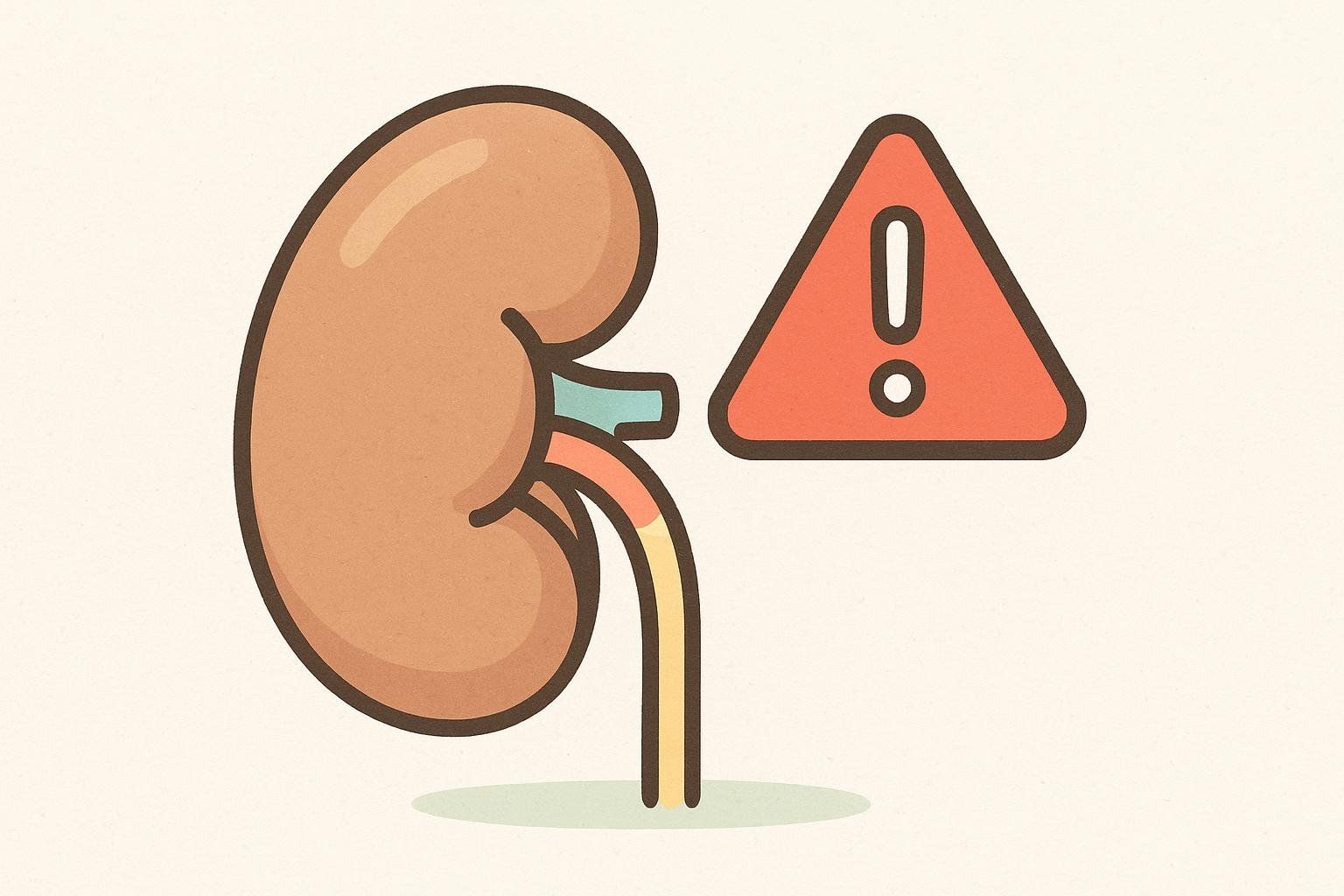
FAQs
Is magnesium absorbed through the skin in an Epsom bath?
- High‑quality evidence is lacking; the skin is a strong barrier to ionized minerals. A peer‑reviewed review (NIH/PMC) concludes transdermal magnesium claims are not well supported; oral intake is the proven method for correcting low levels.
Can Epsom salt baths help muscle soreness after workouts?
- Many people report feeling better, likely thanks to warm water’s effects on circulation and relaxation. But direct evidence that Epsom salts reduce DOMS is limited; for proven muscle support, consider dietary magnesium and recovery basics—see our muscle recovery guide and tips to ease muscle soreness. Also compare the best magnesium forms for muscles.
Will Epsom salt fix blossom‑end rot in tomatoes?
- No. BER is a calcium issue, often related to watering and root health. Extra magnesium can make it worse by competing with calcium uptake. See NDSU’s guidance on the Epsom salt myth. Focus on consistent moisture and calcium availability.
Which Epsom salt should I buy?
- For baths, look for 100% magnesium sulfate; for any ingestion, choose USP‑grade products and follow the label exactly, as noted in the Forbes Health explainer.
Bottom Line
Epsom salt shines for simple comfort soaks and occasional laxative use (as directed). For muscle recovery or sleep, oral magnesium and solid recovery habits have stronger evidence. In the garden, only use Epsom salt if tests show a true magnesium/sulfur deficiency—otherwise skip it to avoid imbalances.
Want objective feedback on how your recovery is working? A BodySpec DEXA scan tracks changes in fat, lean mass, and visceral fat over time so you can see if your routine is moving the needle. Book a BodySpec DEXA scan.
